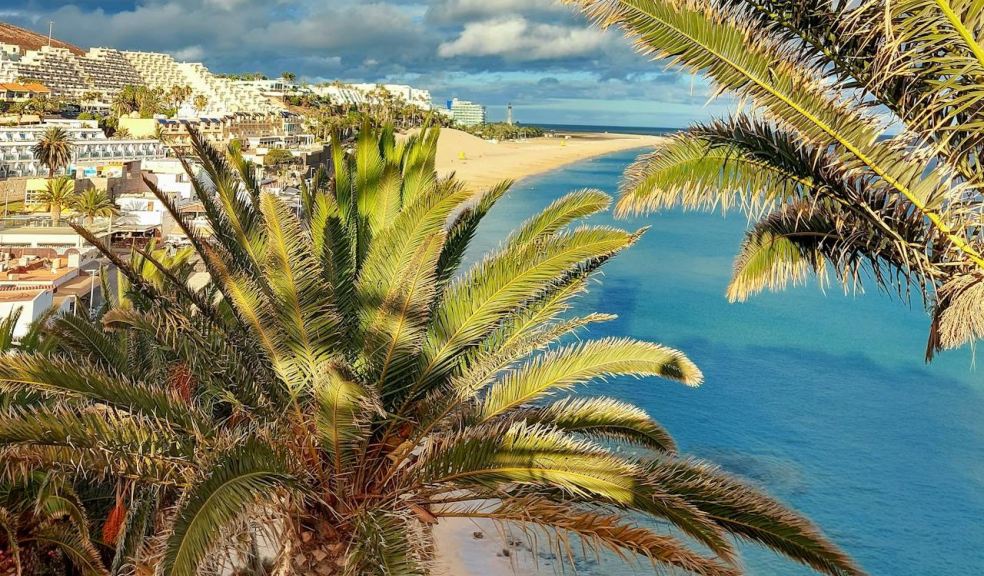
The Canary Islands: Why it Feels Like Summer All Year Round
You know that feeling when you're stuck in February drizzle, scrolling through holiday photos from last August? That's when most people start googling "where's warm in winter" and stumble across the Canary Islands.
And honestly, they're not wrong to look here.
The Canaries sit just off the coast of West Africa, close enough to the Sahara to catch some of that desert warmth, but far enough into the Atlantic to keep things breezy and comfortable. The result? A climate that feels like an eternal spring break, even when the rest of Europe is buried under snow.
But there's more to it than just good weather. Let me explain why this place has earned its reputation as the islands where summer never really packs its bags.
What Makes the Climate So Consistently Good?
It's all about location, really. The Canaries are blessed with something meteorologists call a subtropical climate. That means mild winters, warm summers, and very little rain outside of the occasional November shower.
Temperatures hover between 18°C and 24°C most of the year. Even in January, you'll find locals in T-shirts and tourists sunbathing on the beaches. Summer temps rarely push past 30°C, thanks to the trade winds that sweep across the islands and keep things from getting too sticky.
The World Meteorological Organization has noted that the Canaries enjoy one of the most stable climates on the planet. That's not marketing speak, that's actual science.
And because each island has its own microclimate, you can literally drive 20 minutes and go from sunny beach weather to misty pine forests. It's wild, but it works.
Which Island Has the Best Weather?
This is where people get a bit tribal, to be honest. Ask someone from Tenerife and they'll swear their island is the warmest. Ask a Lanzarote local and they'll tell you theirs is the sunniest.
Truth is, they're all pretty brilliant.
Tenerife and Gran Canaria tend to be the most popular for year round sun. The southern coasts of both islands are dry, warm, and reliably sunny, even in December. You'll find most of the big resorts here for that exact reason. Tenerife Forum is a great source of information for this popular island.
Lanzarote and Fuerteventura are slightly windier, which makes them perfect for surfers and windsurfers. The beaches are stunning, the vibe is more laid back, and you'll still get plenty of sunshine.
La Palma, La Gomera, and El Hierro are greener, quieter, and a bit cooler. They're better for hiking and escaping the crowds than for lounging by the pool all day. But even here, the weather is mild and pleasant most of the time.
So really, it depends what you're after. Beach and sun? Go south. Nature and walks? Head to the smaller islands.
Staying Updated on Island Life
If you're planning to spend more than just a quick holiday here, or you're curious about what's actually happening on the islands beyond the tourist brochures, it's worth keeping an eye on local news sources. Sites like canariannews.com cover everything from weather updates and ferry schedules to local events and practical information that guidebooks often miss.
It's the kind of thing that helps you feel a bit more connected to the place, especially if you're thinking about a longer stay or just want to know what locals are talking about.
Can You Actually Swim in the Sea All Year?
Short answer: yes, but it's not always warm.
The Atlantic Ocean around the Canaries stays between 18°C in winter and 23°C in summer. That's cooler than the Mediterranean, but still swimmable if you're not too fussy. Locals tend to avoid the sea in January and February unless they're wearing wetsuits, but tourists from colder climates often dive right in.
If you're someone who needs bath-like water to enjoy a swim, stick to the summer months or find a heated pool. But if you're happy with refreshing rather than tropical, you'll be fine any time of year.
What About Rain?
It does rain here, just not very often. And when it does, it's usually short and sweet.
Most of the rain falls between November and February, and even then, it's nothing like a British winter. You might get a cloudy morning or a quick downpour in the afternoon, but it clears up fast. The southern parts of the islands barely see any rain at all.
The northern coasts and higher altitudes get more moisture, which is why those areas are so green and lush. If you're staying in the south, pack sunscreen, not an umbrella.
Why Do People Move Here for the Winter?
Because they can, basically.
The Canaries have become a magnet for digital nomads, retirees, and anyone who's realised they don't need to suffer through another grey January. With reliable internet, affordable living costs (compared to northern Europe), and sunshine on tap, it's an easy sell.
There's also a growing community of long-term visitors who rent apartments for three or four months over winter. They call themselves "swallows," and they've got the right idea. Why freeze when you can sit outside in a T-shirt and eat fresh tomatoes in February?
The Spanish National Statistics Institute reports that the Canaries see a huge spike in foreign residents during the winter months, and it's not hard to see why.
Is It Always Sunny?
Mostly, yes. But not always.
You'll get the odd cloudy day, especially in the north or at higher elevations. And sometimes a weather system called "calima" rolls in from the Sahara, bringing hazy skies and a fine layer of dust. It's not dangerous, just a bit odd if you're not used to it.
But on the whole, the Canaries deliver sunshine more consistently than almost anywhere else in Europe. If you're planning a week's holiday, chances are you'll see blue skies most days.
Frequently Asked Questions
What's the warmest month in the Canary Islands?
August and September are usually the warmest, with temperatures around 28°C to 30°C. But even then, it's not unbearably hot.
Can you get a tan in winter?
Absolutely. The UV index stays high year round, so you'll need sunscreen even in December.
Do the islands ever get cold?
Not really. The coldest it gets at sea level is around 15°C at night in January. You might need a light jumper in the evening, but that's about it.
Which island is best for avoiding tourists?
La Palma, La Gomera, or El Hierro. They're quieter, greener, and less developed than the bigger islands.
Is it expensive to visit?
Not particularly. Flights can be cheap if you book ahead, and once you're there, food and accommodation are pretty reasonable compared to mainland Spain or the UK.
Final Thoughts
The Canary Islands aren't perfect, but they come pretty close if your main priority is good weather. You won't find four seasons here, just one long, comfortable stretch of sunshine with the occasional cloudy interlude.
Whether you're looking to escape winter, work remotely from somewhere warm, or just lie on a beach without checking the forecast every five minutes, this place delivers. And that's why people keep coming back.
So if you're tired of cold toes and grey skies, maybe it's time to see what all the fuss is about. Summer's waiting, and it's not going anywhere.











